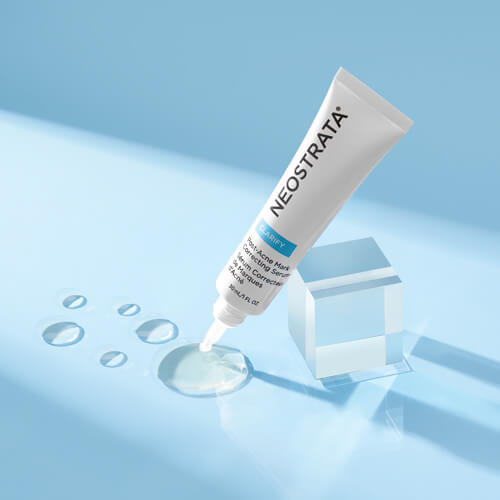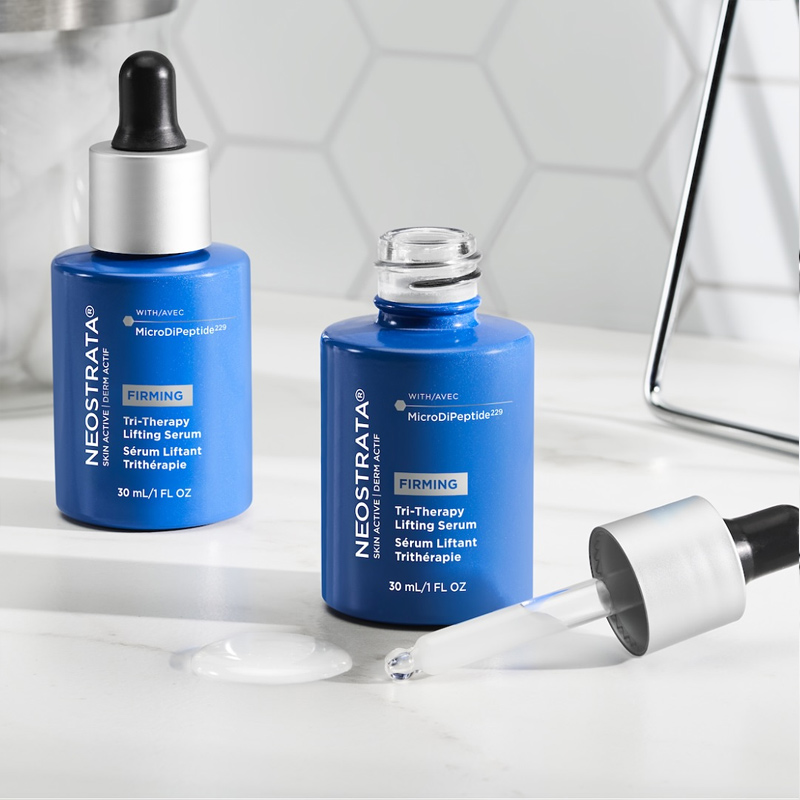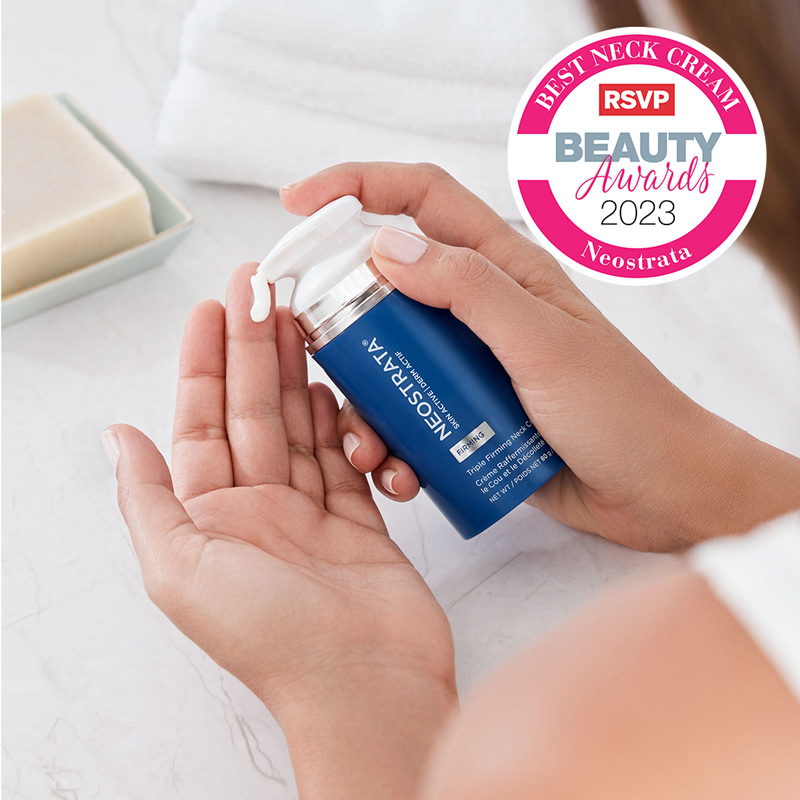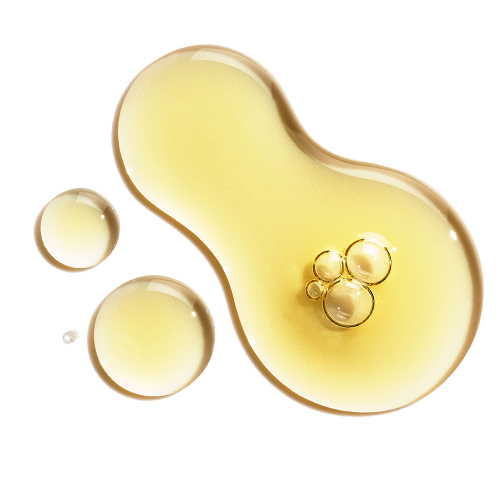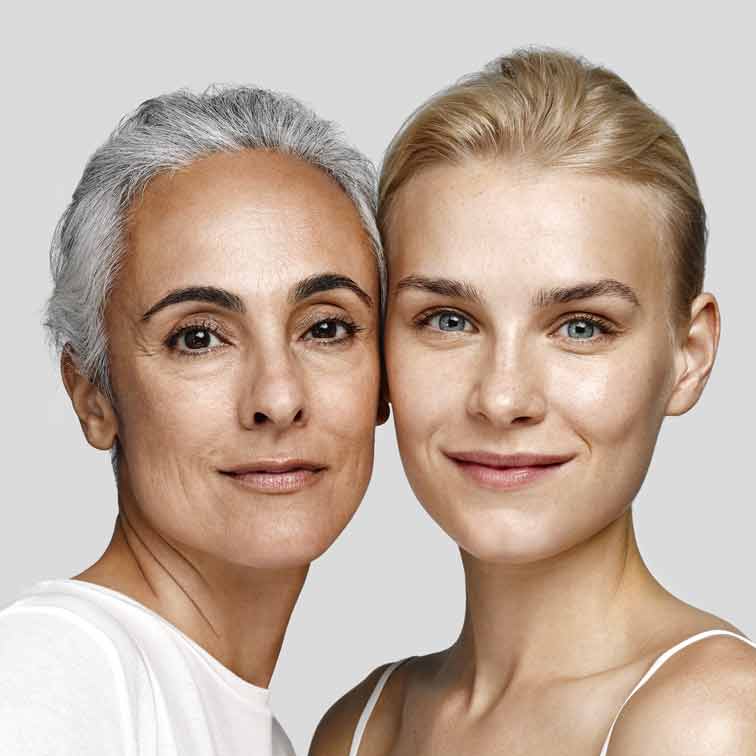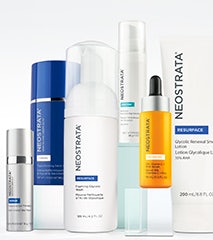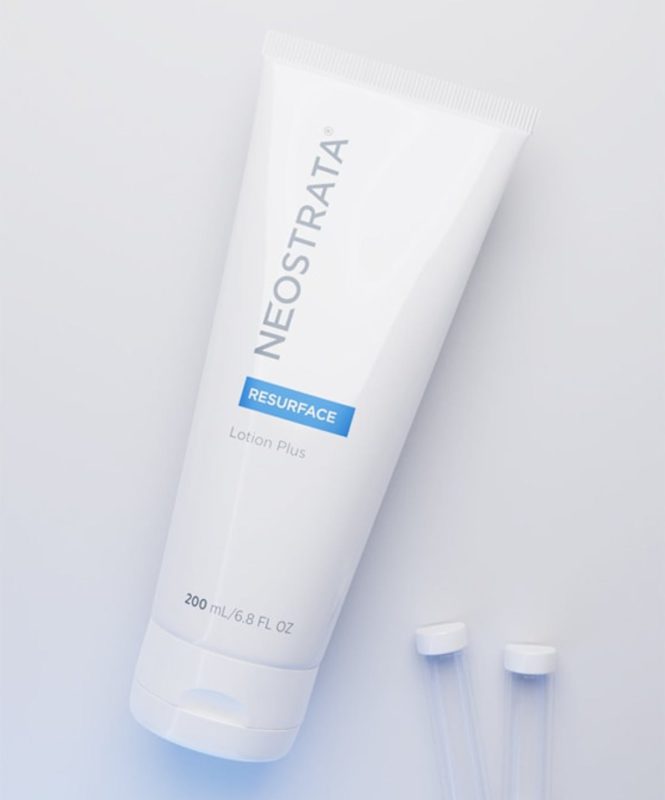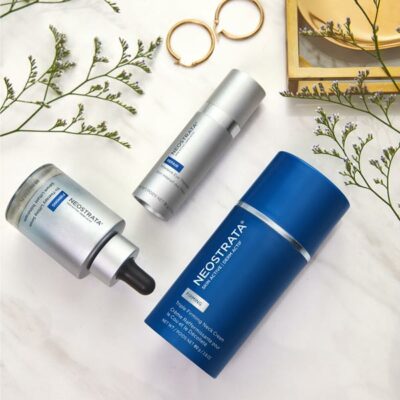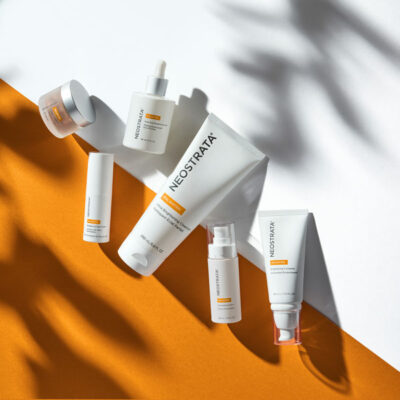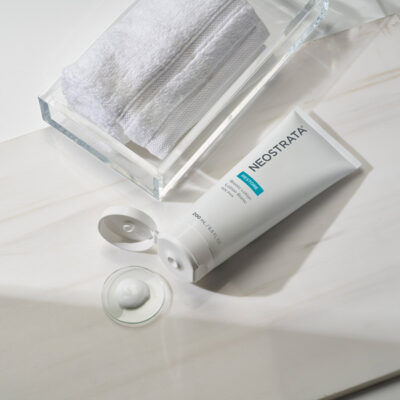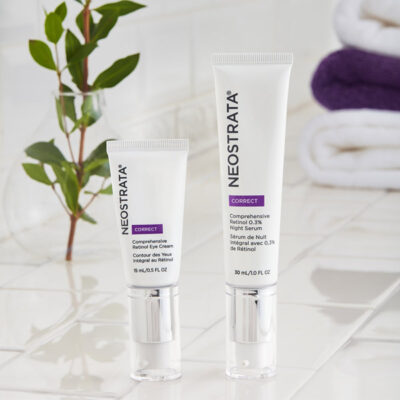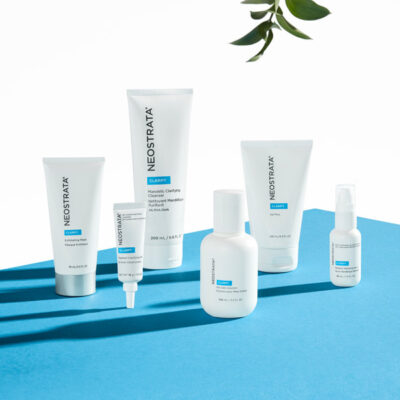Keratosis Pilaris: What can I do to get rid of it?
Also known as Chicken Skin
Have you ever experienced rough bumps like “chicken skin” on your arms or legs? If so, you’re not alone. Keratosis pilaris is a common skin condition, affecting nearly 50–80 percent of adolescents and 40 percent of adults and most common in families with a history of eczema, allergies and asthma.
Keratosis Pilaris looks like tiny, rough-feeling bumps on the skin that may be mistaken for small pimples. These bumps are actually plugs of dead skin cells that clog your pores or hair follicles instead of flaking off. The plugs appear most often on the outer side of the upper arms and thighs. Children may also have these bumps on their cheeks.
What is Keratosis Pilaris?
Keratosis pilaris is harmless and usually clears up on its own. In the meantime, if the itch, dryness, or the appearance of these bumps bothers you, there are products that can help improve the appearance of affected skin.
Applying a moisturiser keeps skin hydrated, minimising and softening the bumps. Apply several times each day, especially after showering while the skin is still damp. Look for skin smoothing moisturisers with alpha hydroxy acid and glycolic acid—proven to gently exfoliate, improving the texture and appearance of the skin.
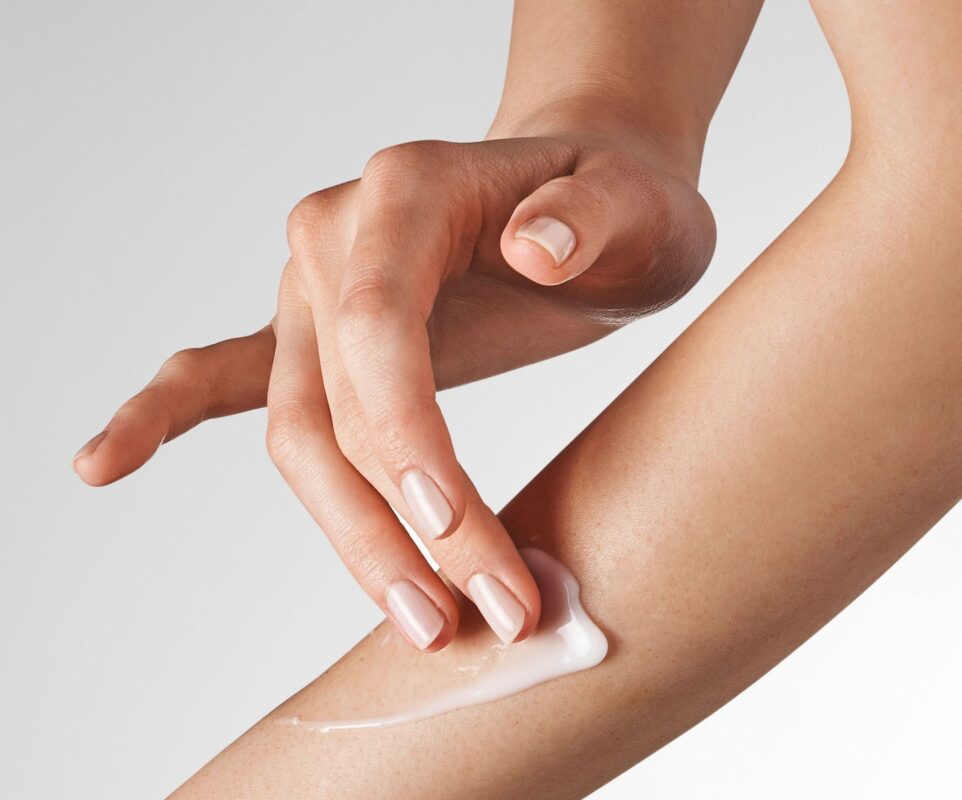
NEOSTRATA® RESURFACE Problem Dry Skin
Significantly improves rough, calloused, scaly skin. This rich salve contains high strength 20% Alpha Hydroxy Acids (AHA) and Polyhydroxy Acids (PHA) to exfoliate severe dry skin. Contains beeswax, skin conditioning oils and Vitamin E to reduce skin roughness on contact.
NEOSTRATA® RESURFACE Lotion Plus
Formulated to smooth dry, rough skin patches, enhance clarity and improve the appearance of fine lines associated with photodamage. This high strength yet lightweight lotion is formulated with 15% Glycolic Acid to reduce the visible signs of aging. Glycolic Acid is known to exfoliate the skin, enhance turnover and regenerate the skin’s surface appearance.
HOW CAN I PREVENT KERATOSIS PILARIS
Self-help measures won’t prevent keratosis pilaris or make it go away, but they may improve the appearance of the affected skin.
-
Use warm water and limit bath time. Hot water and long showers or baths remove oils from the skin. Limit bath or shower time to 15 minutes or less and use warm, not hot, water.
-
Be gentle to the skin. Avoid harsh, drying soaps. Gently remove dead skin (exfoliate) with a washcloth or loofah. Scrubbing can irritate the skin further. Gently pat or blot your skin dry with a towel.
-
Moisturise daily. Apply an exfoliating moisturiser while your skin is still damp from bathing. Reapply to the affected skin several times a day as tolerated or alternate with a gentle, hydrating moisturiser.
-
Use a humidifier. Low humidity dries out the skin. A portable home humidifier or one attached to your furnace will add moisture back into the air inside your home.
LEARN HOW TO USE OUR PRODUCTS
VIEW COLLECTIONS
REFERENCES
- Cleveland Clinic, Keratosis Pilaris: Management and Treatment. Available at: https://my.clevelandclinic.org/health/diseases/17758
- MayoClinic: Keratosis Pilaris. Available at: https://www.mayoclinic.org/diseases-conditions/keratosis-pilaris/diagnosis-treatment/drc-20351152
- American Academy of Dermatology: Keratosis Pilaris. Available at: https://www.aad.org/public/diseases/bumps-and-growths/keratosis-pilaris#treatment
- Thomas M, Khopkar US. Keratosis pilaris revisited: is it more than just a follicular keratosis?. Int J Trichology. 2012;4(4):255–258. doi:10.4103/0974-7753.111215
- MedScape: Keratosis Pilaris. Available at: https://emedicine.medscape.com/article/1070651-overview
- Marqueling AL, Gilliam AE, Prendiville J, et al. Keratosis Pilaris Rubra: A Common but Underrecognized Condition. Arch Dermatol. 2006;142(12):1611–1616. doi:10.1001/archderm.142.12.1611

